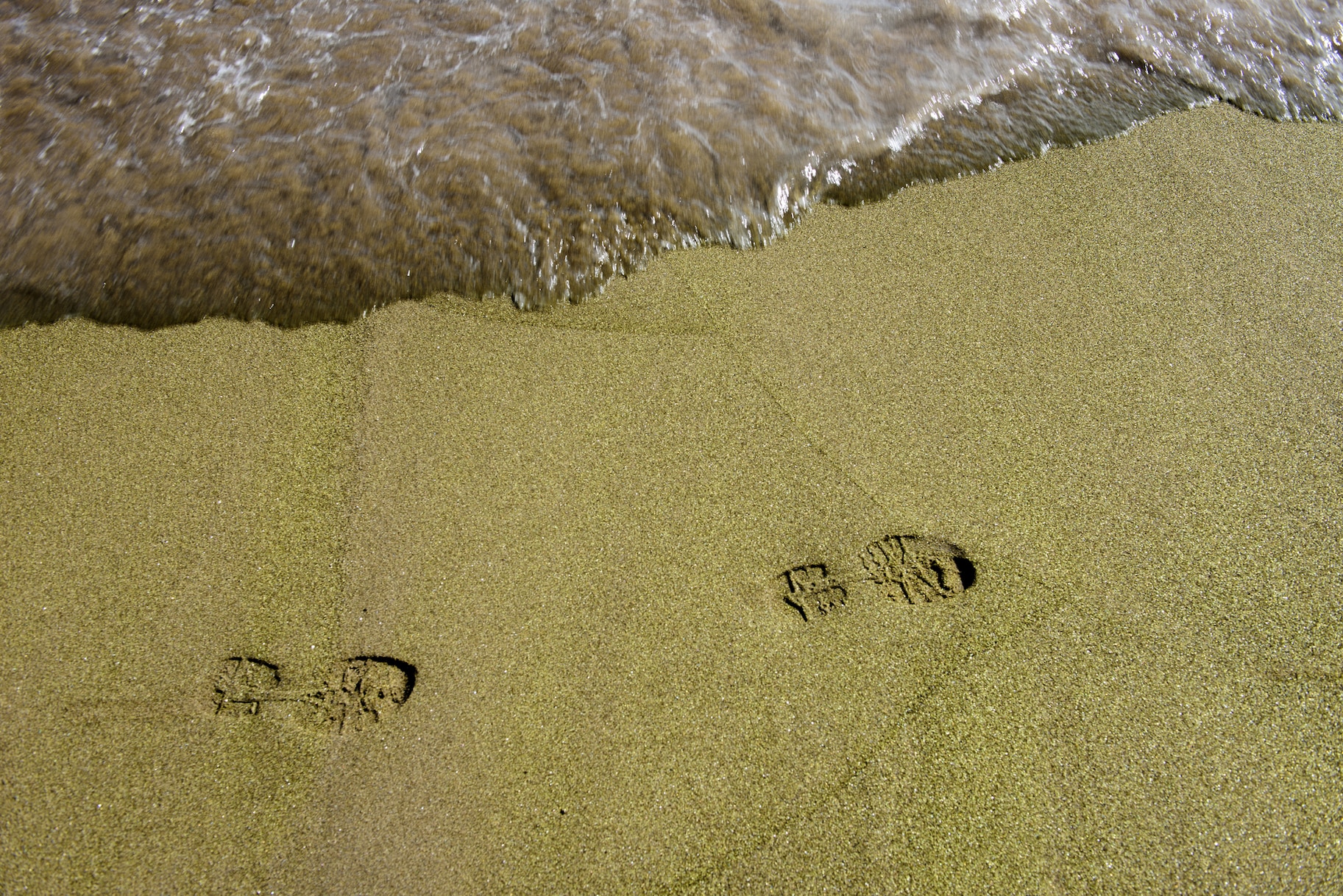Create a free profile to get unlimited access to exclusive videos, sweepstakes, and more!
Could we help fix climate change by covering our beaches with tons of tiny rocks?
It's unconventional, but it could help.

Planet Ocean is a 2013 documentary which attempts — and largely succeeds — to provide a glimpse at the many ways, both large and small, that the oceans drive populations and processes all across our planet. With roughly 70% of our planet covered in water, it stands to reason that the oceans would have a dramatic influence on the ways in which our planet operates. One of the most important but largely invisible ways the oceans influence our world is through their role in the carbon cycle.
It’s estimated that there are about 38,000 gigatons of carbon sequestered in the world’s ocean. For comparison, we release only about 42.2 gigatons per year globally. That’s only about a tenth of one percent of what the oceans are holding. That process, however, has occurred over millions of years and recent human activities have thrown it all out of whack. Suddenly, on a planetary scale, we’re dumping way more carbon than the oceans can quickly soak up.
The oceans store carbon in two primary ways. The first is through chemical processes in which gaseous CO2 essentially carbonates the oceans, though at nowhere near the same level as a can of soda. This process also makes the water more acidic, something which is a particular concern as climate change progresses. Most fish don’t like swimming in increasingly acidic waters, and we don’t blame them. The second way is through carbonate sediments which gather on the seafloor over long stretches of time. In order for that to happen, CO2 has to be converted to bicarbonate ions through interactions between rainwater and certain rocks.
The CO2 in the rain has to come into contact with the surface of rocks. Rain soaks up CO2 and then interacts with the surface of the rocks to create bicarbonate atoms. That bicarbonate then makes its way into the ocean where it is used by all manner of animals to make the hard parts of their bodies, like shells and exoskeletons. Eventually, those animals die. Their bodies break up or sink to the bottom of the ocean. The carbon which was an initial step in building their bodies is sequestered long term. It also has the happy side effect of reducing ocean acidification, which makes sense. The main ingredient in most antacids is the same kind of carbonate molecules.
Which brings us to today. The ocean carbon cycle is off kilter, and we need to balance the scales. One way to do that — and the way we should remain focused on — is reducing the amount of carbon we’re pumping into the atmosphere so that the planet’s natural cycles can maintain balance. Essentially, take the extra weight off the scale. In the meantime, however, there is another proposed solution.
Vesta, a private company interested in carbon capture, has proposed simply ramping up the conversion process at the coasts by facilitating more CO2 to bicarbonate reactions. They’re eyeing a particular rock called olivine as the fuel for this reaction because it weathers quickly and is relatively inexpensive.
If enough of the rock were ground up and introduced to the sands of the world’s beaches, it would increase the total surface area of olivine available in the carbon cycle and facilitate the desired reactions. This is the climate change equivalent of putting more weight on the counterbalance rather than reducing the overall load. It addresses one symptom of the problem without fixing the fact that we’re carrying more than we’re capable of. Still, if you can’t solve the problem right away, it’s worth toying with the idea of mitigating the consequences.
The question is whether or not it can work. On paper it sounds great, but there are likely some variables we either aren’t aware of or aren’t giving the proper consideration. Like nearly all things, the effort will use energy, adding more greenhouse gases to the atmosphere along the way. This might be something we can’t totally avoid, but it’s worth remembering in the calculus. They’ll also likely be dredging massive amounts of rock which could have negative consequences on associated ecosystems and wildlife populations. Before we consider embarking upon a climate engineering project, these sorts of cost-benefit questions will need to be answered. There’s also a question of scale. Combatting the combined emissions of 8 billion people is going to take a lot of crushed olivine. The company estimates they could capture about one gigaton per year, which is a small percentage of our current and future production.
There’s also the question of time. While olivine weathers quickly, we’re still talking about geologic timescales. Even the fastest weathering rock is slow. This is far from a quick solution, but in the fight against climate change it might make sense to leave everything on the table.


























